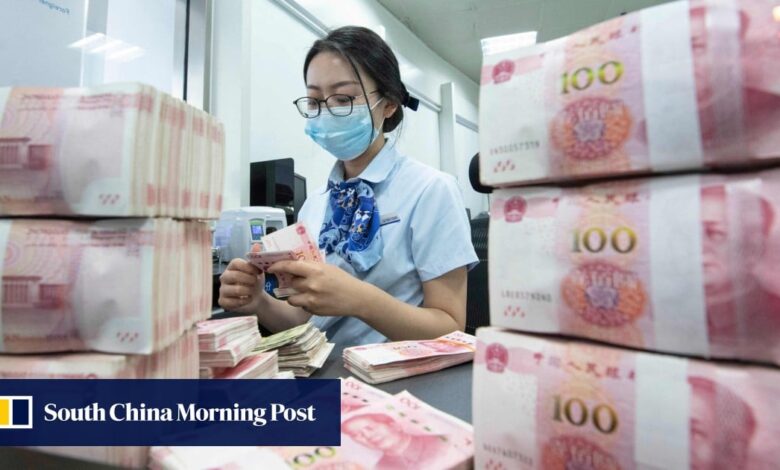China to keep up financial risk control campaign with draft rules for microlenders

China’s financial watchdog has taken a step further in setting standards for the microlending industry, placing limits on loans and bolstering consumer protection.
The National Administration of Financial Regulation (NAFR) released draft rules on Friday to tackle issues within microfinance firms, named in the draft as “lax management”, “high credit risk”, “excessive marketing”, “improper debt collection”, “illegal fees” and “the renting or lending of licences”. The rules will be open to public consultation until September 23, after which a final version will be approved.
The new draft includes a rule capping online microloan balances at 200,000 yuan (US$28,074) per account for consumption loans and 10 million yuan (US$1.4 million) for business production and operation loans to “benchmark against similar standards in the banking industry” and prevent “irrational” overborrowing.
“Compared to banking institutions, microloan companies have a higher loan delinquency rate, and some have shut down due to poor management,” said the financial regulator.
It urged companies to establish standardised systems for asset risk classification and risk reserve to improve their resiliency, mandating a change to non-performing status for loans overdue by more than 90 days.
“Risk control now is obviously the most important policy objective for the Chinese financial regulators,” said Zhang Zhiwei, president and chief economist at Pinpoint Asset Management. “This shows they’re pretty serious about it.”
One chapter was drafted to address consumer rights, specifying regulations on microfinance firms’ disclosure of information, risk alerts, marketing and publicity, as well as the collection and use of customer information.
The regulator enumerated five practices by microlenders which would be banned, including fraudulent marketing, misleading loans, targeting minors, defaulting to loans as payment and forcing unwanted products or services on borrowers.
Microfinance in China is in great demand, Zhao said, as individuals and smaller enterprises have had difficulties with traditional financing for some time.
“Both microfinance companies and borrowers are vulnerable to risk,” he said. “The new rules aim to strike a balance between risk prevention and promoting inclusive finance.”
According to government data, by the end of 2023 China had 6,550 microfinance companies, of which 179 were online. That was a drop from the 224 internet firms recorded in 2018, a year after a suspension of registration for online microlenders entered into force.
Source link




